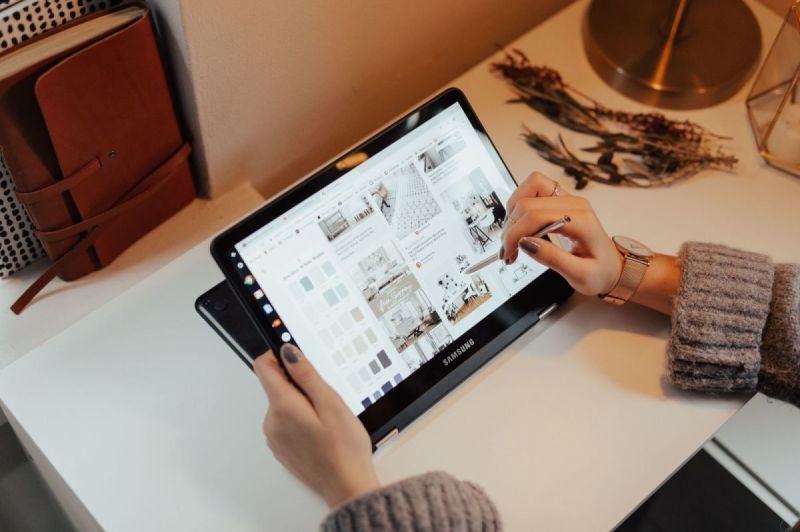5 Things to Do After Building Your Own E-commerce Website
After creating your E-commerce website, follow these tips in order to maximize gains
E-commerce has officially arrived. If you're a business owner who recently made the decision to join the world of online commerce, you already know how important technology is in today's marketplace. From retail to restaurant takeout and everything in between, good website design can make all the difference for struggling start-ups and established companies alike.So after you've taken the time to reserve your URL, design a user-friendly layout, and give your products or services an online home, it's incredibly important to follow these 5 Tips on what to do after building your own E-commerce website.
Table of Contents:

1. View your website on multiple browsers and devices
If you only have one internet browser on your computer, download its competitors temporarily. Google Chrome, Internet Explorer, Safari, and Mozilla Firefox are the most common browsers, so it's almost a guarantee that you will receive traffic through all four browsers. Test your website yourself to make sure nothing looks jumbled or too enlarged on any of them. You should also access it from multiple devices, including external monitors with different dimensions. Borrow a friend's tablet or head to an electronics store if you don't have a variety of different mobile devices. You can usually test different products in-store, so pull up your website on Macs, PCs, laptops, tablets, and smartphones. Do you need a website? Want to build a website but don't know where to start? Our website builder is the perfect solution. Easy to use, and with the ability to customize to fit your business needs, you can have a professional website in no time.
2. Verify and secure your point-of-sale method
If you've chosen to accept payments through PayPal, you don't have to worry as much about cyber-security issues that plague some virtual point-of-sale (POS) applications. However, you should still make sure your potential customers don't face any stumbling blocks during their transactions. Authenticate your PayPal account and make a trial purchase with your own personal credit card, just to make sure it goes through.3. Establish a way to measure website metrics
If you add Google Analytics, you can track everything from conversion rate (percentage of visitors who actually make a purchase) to bounce rate (how long it takes for new visitors to leave your website, and how often it happens). Make sure you know exactly what you want to measure and decide how to keep track of these important criteria. If product page views are important to you, double-check that every product page is collecting accurate data. Building a website with SITE123 is easy





